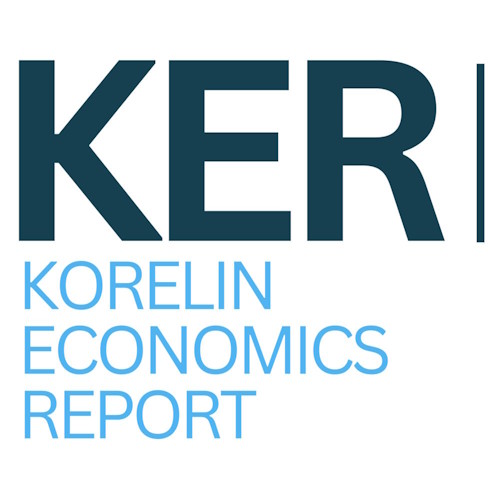
Marc Chandler – Powell’s Dovish Tone At Jackson Hole Signals Upcoming September FOMC Rate Cut, Throwing Gasoline On The Bull Market Fire
Marc Chandler, Managing Partner at Bannockburn Global Forex and editor of the Marc to Market, joins us to discuss the market reactions to Jerome Powell’s dovish comments from his speech today in Jackson Hole Wyoming. The market signal was that there is now a high-probability of a rate cut at the upcoming September FOMC meeting; and this was like throwing gasoline on the bull market fire.
Key topics discussed:
This speech seemed to nail down an anticipated rate cut in September, even though there may be some dissenting members of the Fed that would prefer to stand pat.
Powell seems more concerned with the deterioration of the labor market statistics than he is with the mild uptick in inflation data. Despite that some Fed governors and presidents have voiced concerns that we do not yet know the full extent of how the tariffs may affect inflation on a move forward basis.
Marc expects that we’ll have 3 key takeaways from the upcoming September Federal Open Market Committee meeting:
- At least a 25 basis point cut to the Fed funds rate
- A new dot plot going from 3 to now 4 targeted rate cuts for 2026
- Announcement of the slowing or stopping of Quantitative Tightening (QT)
Despite the 6-day pullback in US equities over the last 2 weeks, with market expectations of a more hawkish tone, the market launched up to new all-time highs to end the week.
- Has the market already priced in the upcoming September rate cut after todays bullish close to the end the week?
- Is the Fed signaling a series of upcoming rate hikes?
- Are the market moving towards the blow-off top phase?
- If not what will the drivers be for a continued move higher in the US equities?
Marc outlines that he believes the US dollar has more downside ahead of it, with the potential of a pullback below 90 in the high 80s.
When asked if that kind of a move lower in the dollar would hurt consumers Marc highlights why it may be more impactful to foreign dollar holders than domestic, since most goods are priced in dollars once entering the country. He feels it is more germane to watch the trends in interest rates for a signal as to how the dollar and other currencies may behave.





